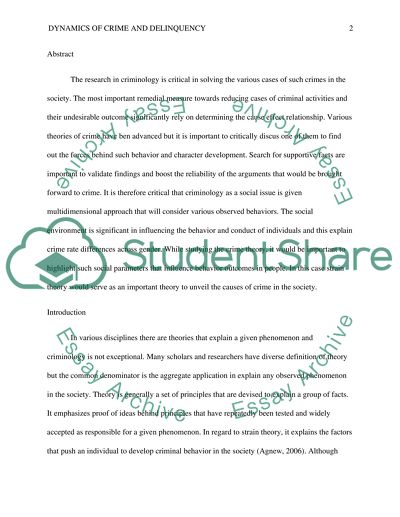Cite this document
(“Strain Theory Thesis Example | Topics and Well Written Essays - 3500 words”, n.d.)
Retrieved from https://studentshare.org/miscellaneous/1637157-strain-theory
Retrieved from https://studentshare.org/miscellaneous/1637157-strain-theory
(Strain Theory Thesis Example | Topics and Well Written Essays - 3500 Words)
https://studentshare.org/miscellaneous/1637157-strain-theory.
https://studentshare.org/miscellaneous/1637157-strain-theory.
“Strain Theory Thesis Example | Topics and Well Written Essays - 3500 Words”, n.d. https://studentshare.org/miscellaneous/1637157-strain-theory.


